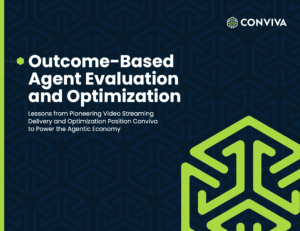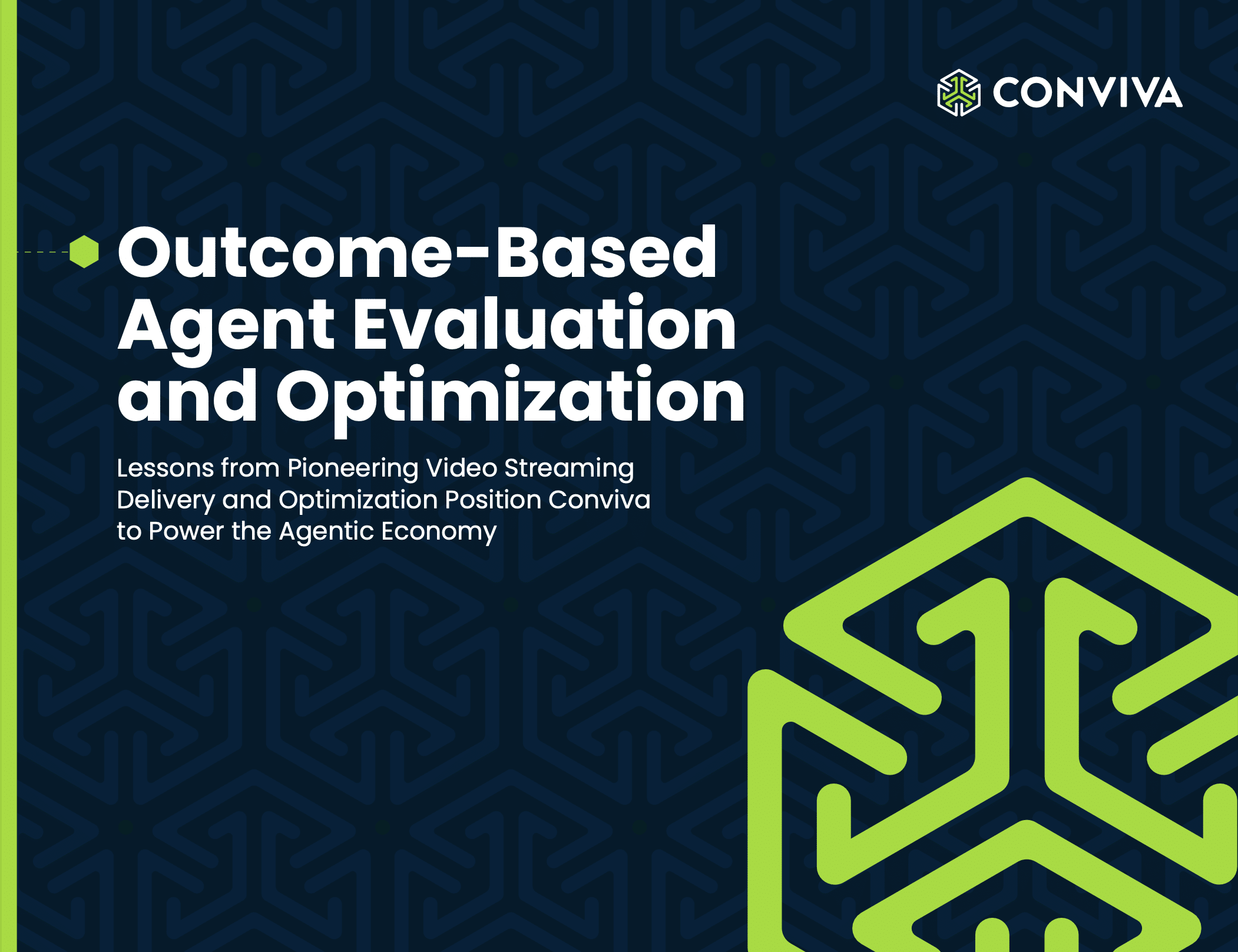Author’s Note:
This blog is the 2nd installment in our 5-part series on the hidden blockers slowing product teams down—and what to do about them. Each post tackles a common but costly friction point that gets in the way of velocity, clarity, and growth.
Everything looks good, until you check the right combination of device, app version, and location.
You check your dashboard. Everything’s green.
Conversion is steady. Crash rates look normal.
No alerts. No red flags.
Then a support ticket comes in:
Android 12 users, app version 5.1, in the Midwest, testing Checkout Flow v2.
Suddenly, everything’s not fine.
Drop-off is up.
Session length is down.
Checkout failures are spiking.
And none of it shows up in your top-line KPIs—because you’re only seeing the surface.
The Problem with Percentiles and Averages
Most product teams rely on global metrics:
“What’s our average latency?”
“What’s our overall error rate?”
“How’s conversion trending?”
They sound useful—but they blur reality. When a bug hits a targeted user segment, it won’t move the needle on your global dashboard.
It’s like checking a city’s air quality to find out if one apartment is on fire. The system says, “all good”—but a real problem is unfolding.
What’s a Micro Cohort, and Why Should You Care?
A micro-cohort is a fingerprint:
A unique combination of technical, behavioral, and business-specific attributes that reveals who’s struggling—and why.
Think:
- Device type (e.g., Android 12)
- App version (e.g., 5.1)
- Region (e.g., Midwest)
- Loyalty tier (e.g., Premium Plus)
- A/B test group (e.g., Checkout Flow v2 Group B)
- Feature flag exposure
- Logged-in status
- Subscription plan
- Referral source
One variable on its own might look fine. But combined, they tell a very different story.
The pain isn’t global. It’s cohort-specific. And unless you can see the cohort clearly, you’ll keep missing the issues that cost you real revenue.
You Don’t See the Issue Until It’s Too Late
By the time someone slices the data the right way—if they can—the damage is done:
- A backend service slows in one region, breaking checkout for loyalty members using PayPal
- A bug appears only for A/B test group users on a specific app build
- Support tickets pile up, but your dashboard is still green
These aren’t mass failures. They’re micro-failures—and they quietly erode revenue, trust, and retention.
Traditional Tools Don’t Cut It
Most platforms show:
- Global averages and percentiles
- Predefined filters
- Static reports
But when the issue lives inside a narrow, high-value cohort, these tools miss the signal.
If you can’t answer:
- Who exactly is affected?
- Where are they located?
- What do they have in common?
- How big is the business impact?
Then you’re not just missing insights. You’re missing money on the table.
There Is a Better Way to See the Truth
The good news? You don’t have to fly blind.
High-performing teams are replacing dashboards with real-time performance analytics. They automatically surface issues—at the cohort level—and tie everything back to impact.
These tools don’t just tell you what broke. They tell you who it affected, why it happened, and how to fix it—fast.
Stay tuned for the next post in the series: You Shouldn’t Need a Developer to Answer Product Questions
Read the additional blogs in the series:
Conversion Rate Drops: Why Product Teams Still Can’t Find Root Cause
Cross-Functional Root-Cause Analysis: Why Product, Engineering, and Ops Can’t Align
You Shouldn’t Need a Developer to Answer Product Questions
You Don’t Need Another Dashboard. You Need an Answer.
Conviva empowers the world’s leading brands to deliver flawless digital experiences and drive growth with real-time performance analytics and precise AI-powered insights and automation. By leveraging and computing client-side data from all users while they are in session, the Conviva platform unifies customer experience, engagement, and technical performance with business outcomes. This approach reveals issues and opportunities that other solutions miss, helping you boost conversions and revenue, optimize engagement, and proactively resolve issues before they impact your customers.






